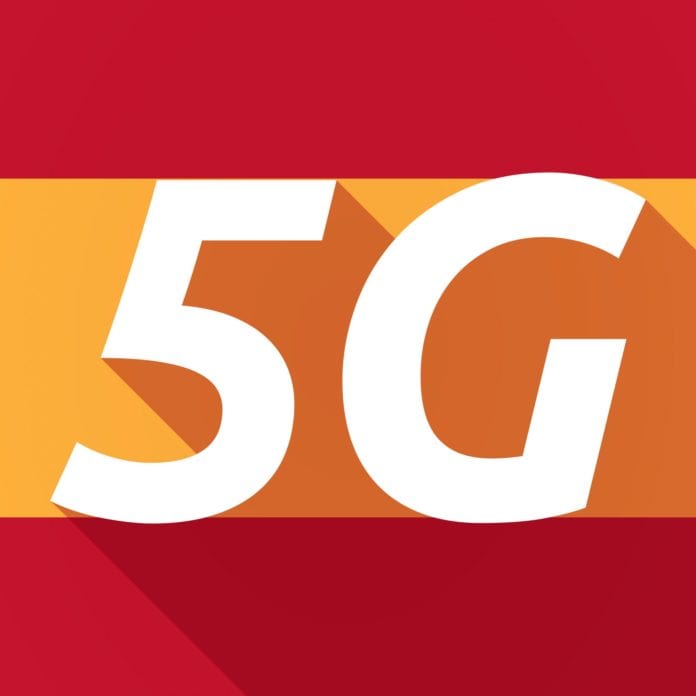Vodafone Spain is expanding its 5G infra in Spain using spectrum in the 700 MHz band
Spanish operator Vodafone said it is currently expanding its 5G network using the 700 MHz frequency with the aim of reaching 82% of the population and a total of 2,700 municipalities with its 5G service by the end of this year, exceeding the committed deployment obligations.
The European operator said it will deploy 5G in 147 towns with less than 1,000 inhabitants and in 553 towns with between 1,000 and 50,000 inhabitants during the rest of the year.
In addition, Vodafone has increased the locations of its NB-IoT network, which currently reaches all provincial capitals and their surrounding areas, with more than 16,886 network locations updated with this technology. The deployment has allowed the carrier to continue to expand its presence in the IoT segment, with more than 6.57 million active IoT lines as of the end of 2023, an increase of 34% compared to the previous year, the carrier noted.
Julia Velasco, network director at Vodafone Spain, said: “With the purpose of continuing to facilitate the digital inclusion of companies, citizens and administrations, Vodafone’s 5G network will reach 82% of the total population in our country and 2,700 municipalities located in large and small cities, as well as rural areas. Our goal is to bridge the digital divide and provide connectivity to everyone, including those who need it most.”
In November 2023, Vodafone said it has achieved 1 Gbps speeds in its ongoing network tests in the upper 6 GHz frequency band in Spain.
Vodafone confirmed it recently ran tests of both 6 GHz spectrum and its existing 5G network operating at 3.5 GHz. Using the same amount of bandwidth and radio antenna power, indoor speeds of more than 1 Gbps were achieved in both cases, the telco said.
The telco explained that 6 GHz equipment was installed on an existing 5G site in Madrid covering Vodafone’s campus and the surrounding area, including several indoor locations. Massive MIMO antenna technology was used in this test. Also, a 200-megahertz channel, which is the anticipated amount of spectrum that would be made available per mobile operator in each European country, was used, which is approximately double the bandwidth used for 5G services today, enabling higher speeds and capacity for evolved 5G networks.

